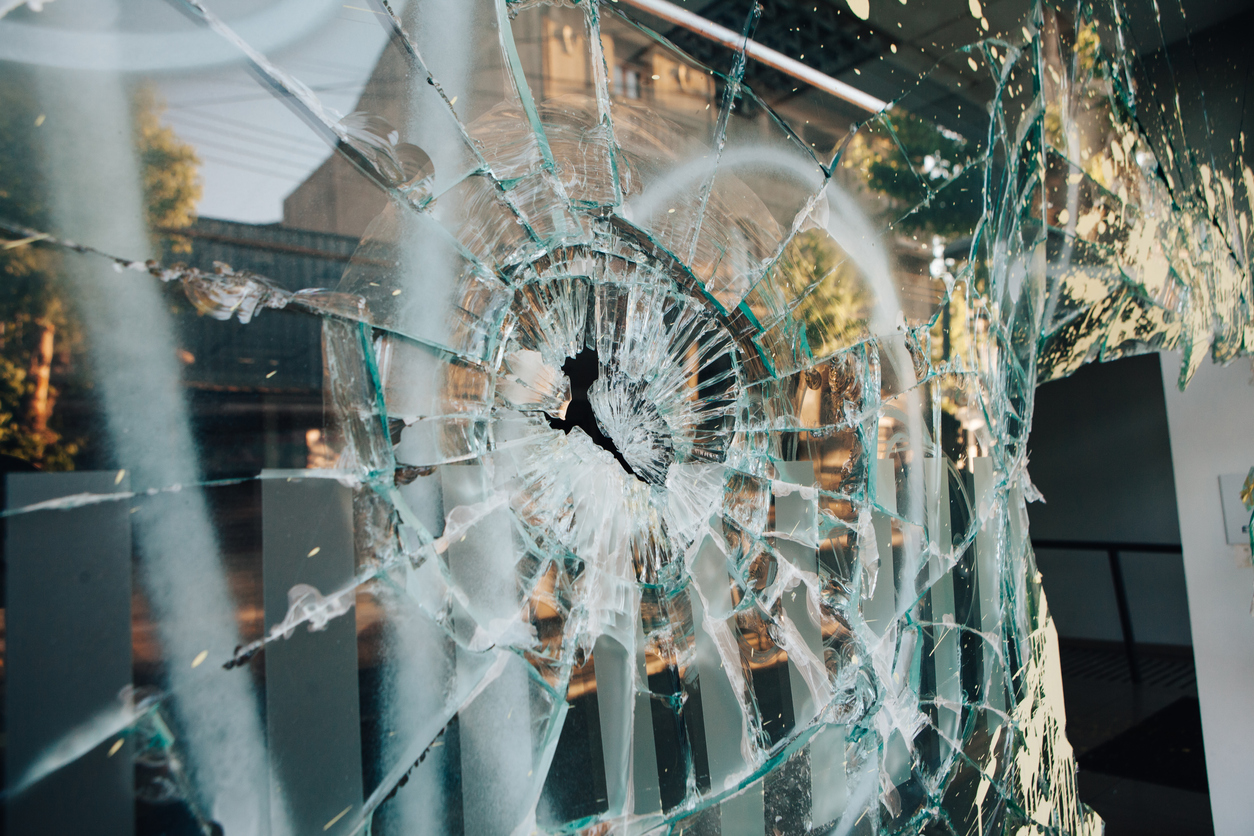Many shops and offices are facing double-digit premium hikes for such policies but buying them anyway because the cost of not doing so might be higher, industry sources said.
Memories of smashed windows, stolen merchandise and stores set ablaze is fresh in the minds of business owners in major U.S. cities including New York, Los Angeles and Portland, where aggressors damaged buildings under the cover of peaceful demonstrations sparked by the May 25 police killing of George Floyd, a Black man.
On Chicago’s Magnificent Mile, for instance, stores like Gucci, H&M and Nordstrom are open but remain clad in plywood, having being looted months ago.
It is not clear what will happen after the Nov. 3 election, but incumbent Republican President Donald Trump has not committed to a peaceful transition of power if he loses. Trump is behind in polls against Democrat Joe Biden, and has support from pro-gun, white power and militant groups.
“I think it’s not a question of if. It’s a question of the magnitude of these violent protests,” said Björn Reusswig, who heads the global and political violence coverage practice for an Allianz SE specialty insurance unit.
Sales of commercial policies that cover damage from societal unrest in the United States have already doubled in October from September levels, insurers and brokers said.
That is partly because some providers, mainly in the Lloyd’s of London marketplace, stopped including “strikes, riots and civil commotion” coverage within general property policies for businesses such as retailers and pharmacies that were already hard-hit by civil commotion, forcing them to buy separate insurance, said a person familiar with the matter, who was not authorized to speak to the media about client policies.
Civil unrest hit global insurers’ results during the second quarter. Zurich Insurance reported $122 million in civil unrest losses, mainly from the United States, while American International Group Inc posted $126 million in such losses and the Travelers Companies Inc $91 million.
Civil commotion has long been covered by standard property insurance in the United States, where destruction from protests is unusual, industry sources said.
U.S. street violence had not been so intense since Los Angeles in 1992, following the acquittal of four policemen charged in the beating of black motorist Rodney King, that saw more than 60 people killed and an estimated $1 billion in damage, industry sources said.
Among retailers, high-end brands typically have the greatest risk for protest damage, said Morgan Schrubb, AXA XL underwriting manager for war, terrorism & political violence coverage. Many are hunting for alternatives after some insurers excluded the coverage, Schrubb said.
Some pharmacy, grocery and liquor chains have also been looking for additional coverage after their insurers stopped including civil unrest in policies, the person familiar with the matter said.
Some state governments, whose buildings sustained damages during the unrest, are also shopping for coverage, the person said.













